Purchase Invoice: Everything You Need to Know
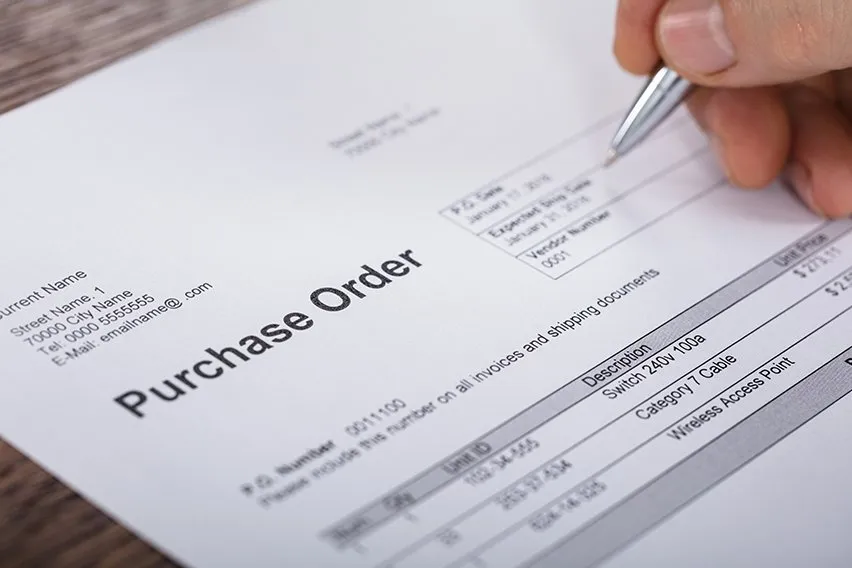
As a small business owner, it can be difficult to understand all of the paperwork you need to file for your new business. If you’re running a business that deals with physical inventory, then you’ll most likely be juggling even more paperwork.
One piece of paperwork that you’re more than likely to come across is a purchase invoice.
But what exactly is a purchase invoice? We’ll take a closer look at what a purchase invoice is. We’ll also take a look at the difference between a purchase invoice and a purchase order, and how they can help your business run smoothly.
Here’s What We’ll Cover:
What Is on a Purchase Invoice?
Why Create a Purchase Invoice?
What Are the Differences Between Purchase Invoices and Purchase Orders?
What Are the Similarities Between Purchase Orders and Invoices?
Why Do Companies Use Both Purchase Invoices and Purchase Orders?
What Is a Purchase Invoice?
A purchase invoice is an invoice that is used in conjunction with a purchase order. It is used to indicate how much money the buyer owes to the seller.
Purchase invoices are also commonly known as bills, statements or sales invoices.
A purchase invoice is usually laid out similar to any other type of bill that you may receive. It describes the products that were purchased, the number of each item and the price of the products. They also commonly feature the payment terms.

Many businesses will also automate their purchase invoices using an online invoicing tool such as FreshBooks.
A purchase invoice can also be altered to create a purchase estimate. This is for customers who want to figure out the pricing structure before they decide to purchase. This purchase estimate will serve as a good idea of what any potential upcoming invoice may consist of.
What Is on a Purchase Invoice?
Any purchase invoice will typically include:
- A data of issue
- An invoice number
- A PO number
- The quantity of the goods or services ordered
- The price of each good or service
- Any applicable discounts
- Any applicable taxes
- The total amount due
- The name and address of the buyer
- The name and address of the seller
- The signature of the seller or authorised agent
Why Create a Purchase Invoice?
Invoices are extremely important for small businesses. This is because they can help track revenue and expenses.
They also provide a written record of the goods and services that have been delivered to a customer and how much each customer was charged. This makes it easier to tell which accounts have been completed and which ones are still outstanding.
Keeping a detailed record of your invoices also makes it far easier to pay your business taxes. This is because it will show exactly how much revenue you have collected during the applicable tax year.
What Is a Purchase Order?
Purchase orders and purchase invoices are commonly confused. This is because they are both financial terms that deal with the communication of and the terms of payment arrangements.
A purchase order, or PO, is a document that states the types and quantities of products being purchased. It will also include the prices of the items, the terms and conditions, and details how your customer will pay.
What Is on a Purchase Order?
A purchase order will typically include:
- The date of order
- A PO number
- Details of the products ordered
- The name and address of the buyer
- The name and address of the seller
- The terms and conditions
- The signature of the issuing authority
Why Create a Purchase Order?
The main purpose of a purchase order is to manage payments to suppliers. They are also used to track the order status and clarify the terms between the two parties.
A PO will tell a supplier how much of a product to deliver to the customer. It also details when the customer will pay for the goods that they’ve ordered.
An efficiently managed PO database will help companies track how much inventory they’ve sold to each of their customers. It can also help to see when various invoices are due from their customers and even when you need to reorder inventory.
A PO history can help you to prevent overstocking on your inventory. It can also prevent orders from being mixed up and help to make sure that customers receive their orders on time.
What Are the Differences Between Purchase Invoices and Purchase Orders?
There are a number of differences between the two documents.
One of the key differences is the objective and the goal of each document.
When a purchase order is issued, you are requesting for your supplier to deliver the goods that have been ordered. But when you issue an invoice, you are requesting the customer to pay for the goods that they received.
This means that:
- A PO’s aim is to ensure the fulfillment of orders
- An invoice’s aim is to collect payment for the goods or services sold
Another key difference between the two is timing.
A purchase order is usually sent at the beginning of the transaction. It helps to form a contract between the two parties.
However, invoices are sent at the end of the transaction. They use the information from the purchase order to request payment. Once an invoice has been paid, this generally concludes the transaction.
The last main key difference between a purchase invoice and a purchase order is the difference in information.
An invoice will list the terms of the payment, any applicable discounts and the total amount of money due.
A PO includes a detailed description of the order and the agreed price. It also lays out the estimated time of delivery.

What Are the Similarities Between Purchase Orders and Invoices?
While there are a number of key differences, purchase orders and purchase invoices also share some similarities.
For example, most of the time both the PO and the PI are referencing the same goods or services. Both documents are also listing information regarding the buyer and seller. This includes the business names, contact information and the mailing addresses.
Perhaps the most significant similarity between the two documents is that they are both legally binding agreements. This means that once either one is sent and received, the details that the documents carry have to be carried out. This includes the preparation and payment according to the agreement between the two parties.
Why Do Companies Use Both Purchase Invoices and Purchase Orders?
Even if your business mostly provides goods and services, there still may come a time when you need to order your own goods or services.
Having two separate documents means that it’s much easier to keep track of your income and outgoings. This is especially useful when it comes to your end of year tax return as you can easily differentiate between your incomings and outgoings.
Key Takeaways
Purchase invoices are a very important part of running your business.
They are a great way to keep track of your payments and allow you to keep detailed records of your business transactions.
Are you looking for more business advice on everything from starting a new business to new business practices?
Then check out the FreshBooks Resource Hub.
RELATED ARTICLES

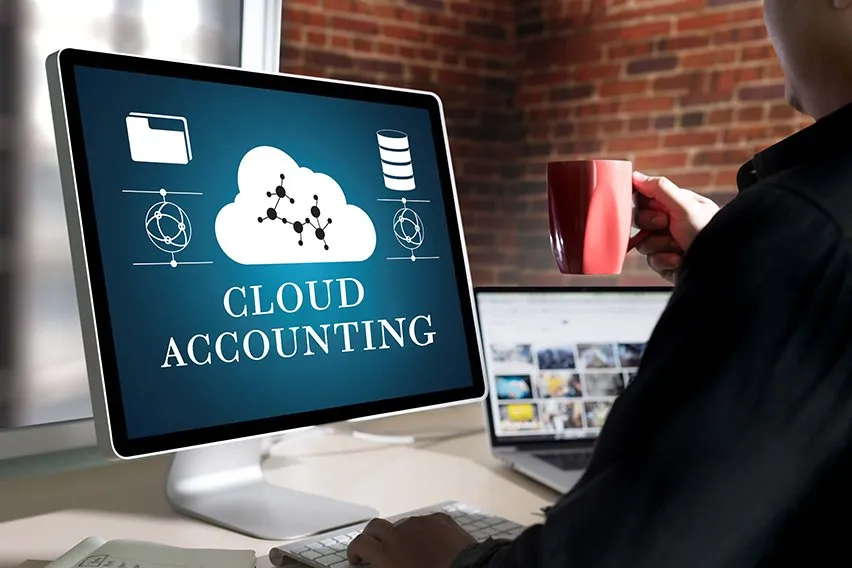 What Is Cloud Accounting? A Small Business Guide
What Is Cloud Accounting? A Small Business Guide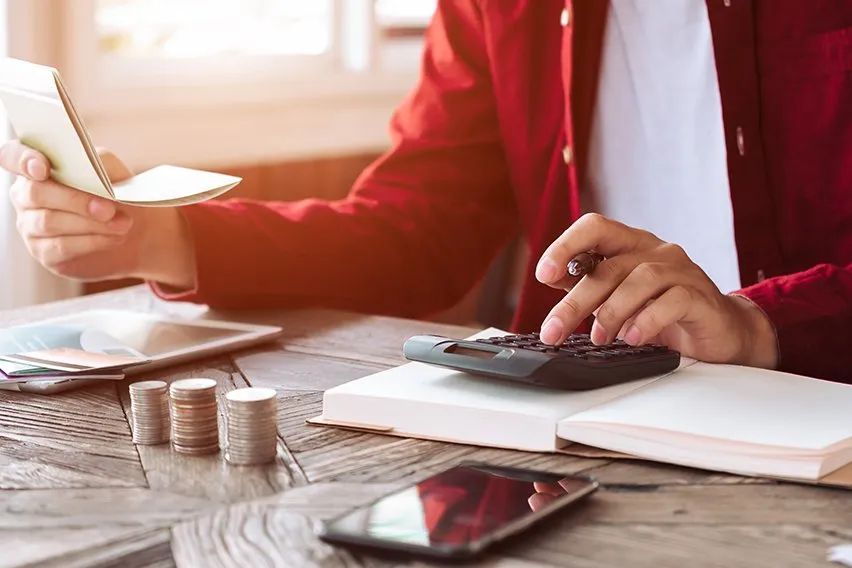 What Is Credit Note & When Should a Business Use Them?
What Is Credit Note & When Should a Business Use Them? What Is GST Refund & How to Get It
What Is GST Refund & How to Get It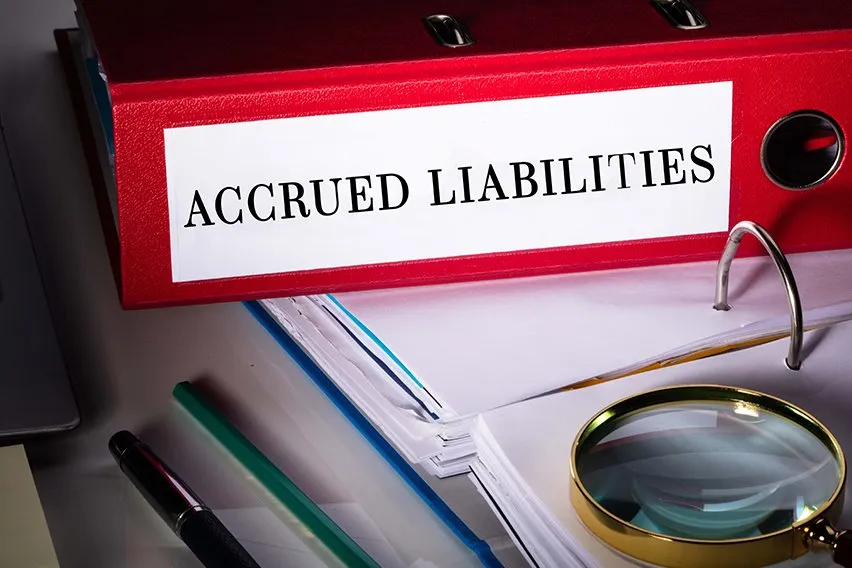 What Are Accrued Liabilities? Definition, Types & Examples
What Are Accrued Liabilities? Definition, Types & Examples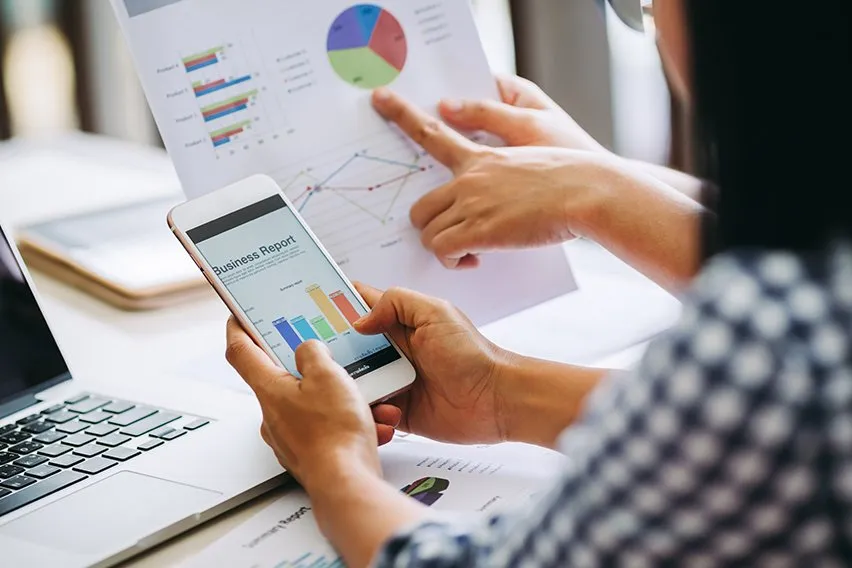 How to Do Cash Flow Analysis? The Ultimate Guide
How to Do Cash Flow Analysis? The Ultimate Guide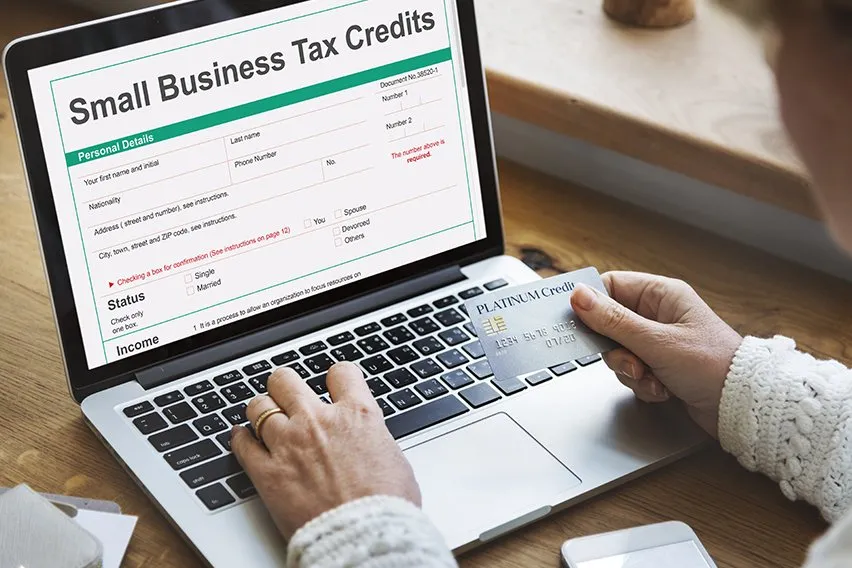 Small Business Deduction: Understand What You Should Know
Small Business Deduction: Understand What You Should Know